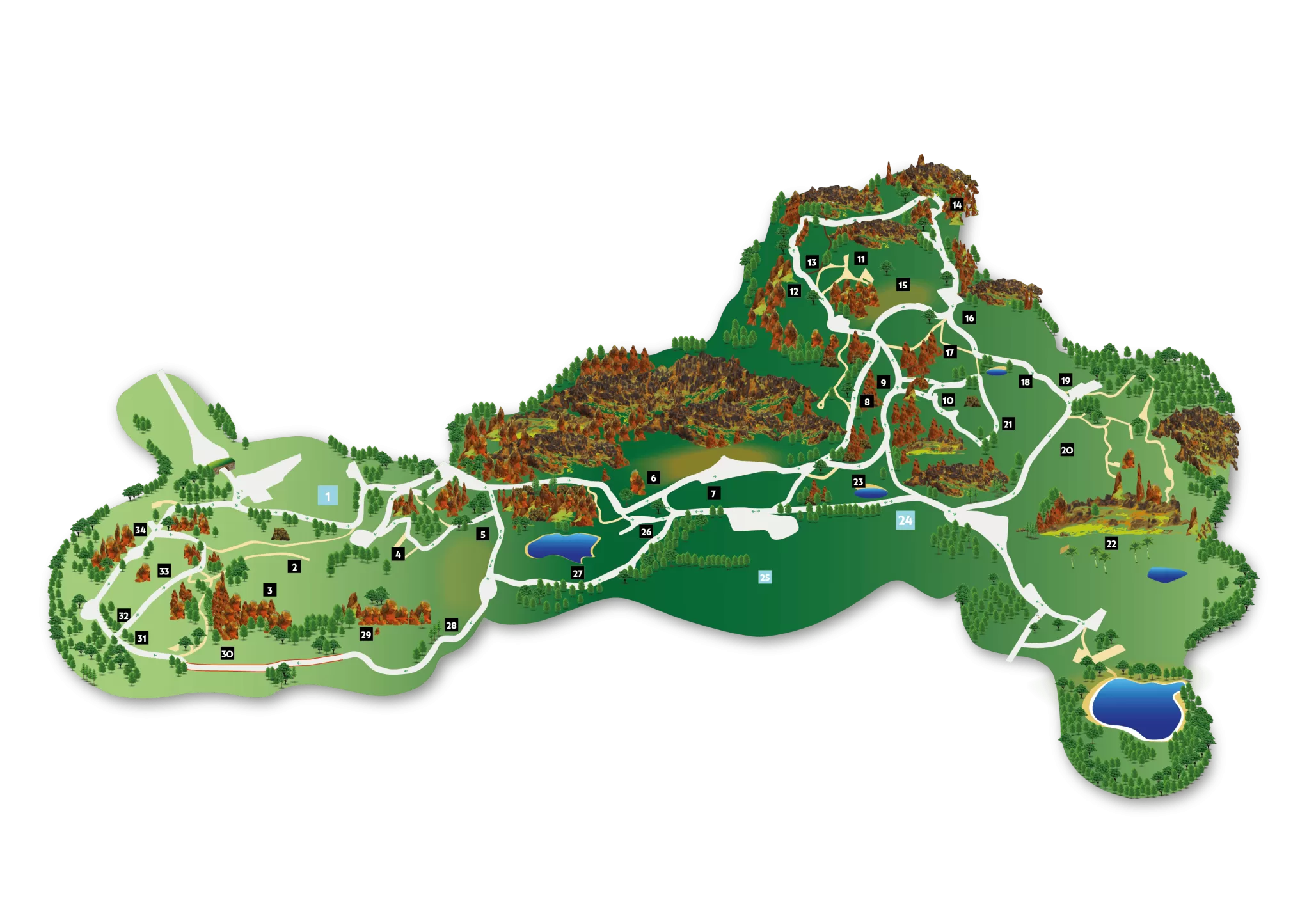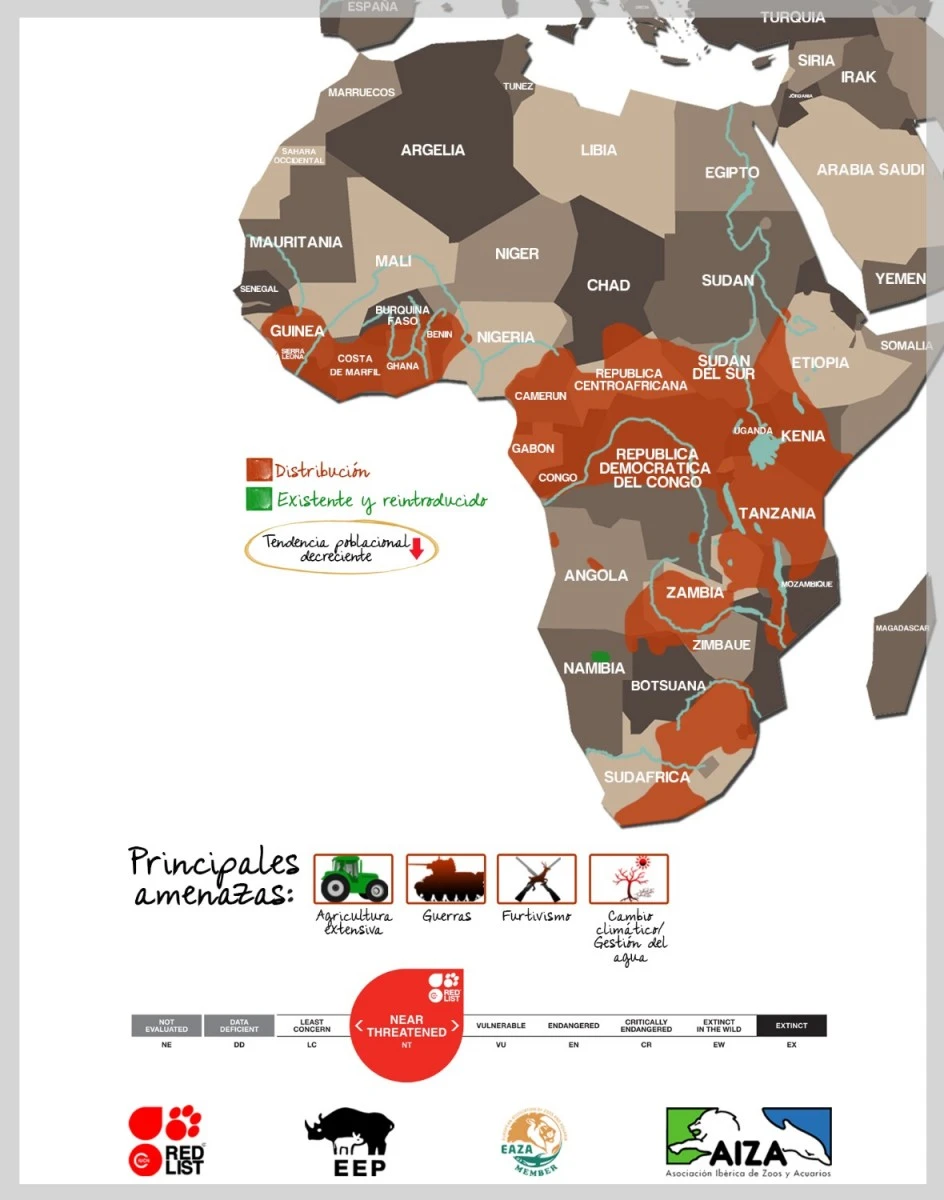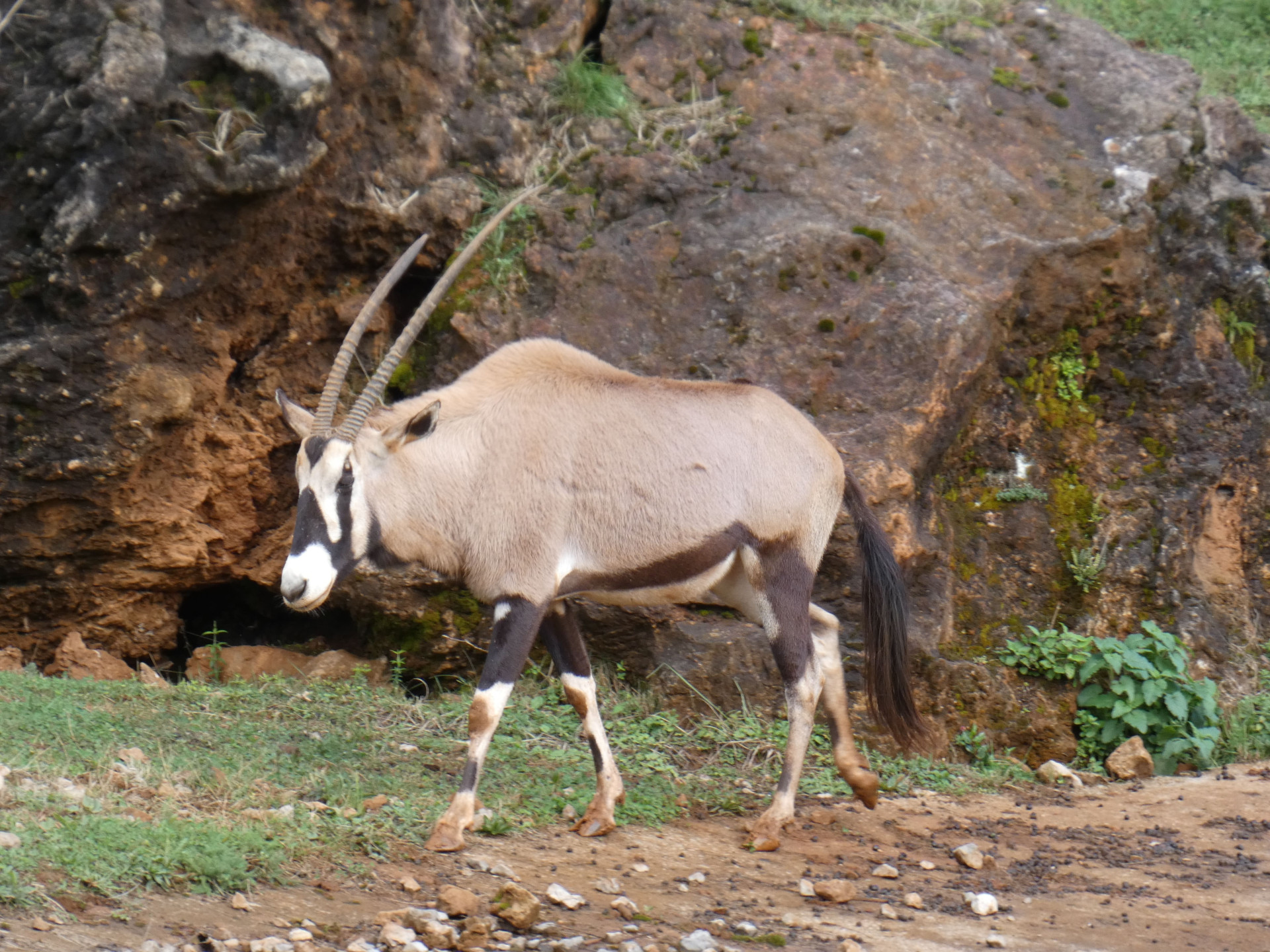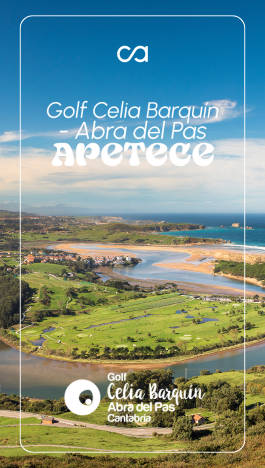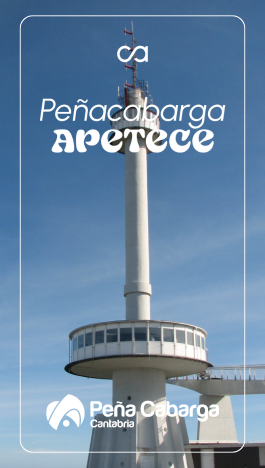
The Cape Oryx is a large antelope with soft and attractive colors that inhabits both grassy shrubland areas and arid desert regions.
They are nomads that move in groups of up to 25 individuals, including females, young, and a few males. They avoid warm and dry conditions by grazing during the cooler parts of the day.
They usually form groups under the shade when the heat is most intense. When the oryx herds lie down to rest, they typically adopt a star formation, with their rumps facing inwards while their heads point in all directions from which danger might come.
Its main diet is composed of grasses and low shrubs, while wild cucumbers, melons, and other similar plants provide them with water. In times of drought, it can go many days without drinking.
To save energy and not have to drink water frequently, they avoid panting and sweating until the temperature exceeds 45º C; their kidneys produce very concentrated urine and very dry excrement, which helps them avoid losing fluids.
Of a violent character during the rutting season, males expel elands, wildebeest, gazelles, or other medium to large ruminants that come within their reach from the vicinity of their territory. In courtship, they also show violence; the male receives the female in his nuptial plot violently, and she responds in the same way.
They are the only antelopes that have horns when they are born, although very small ones.

